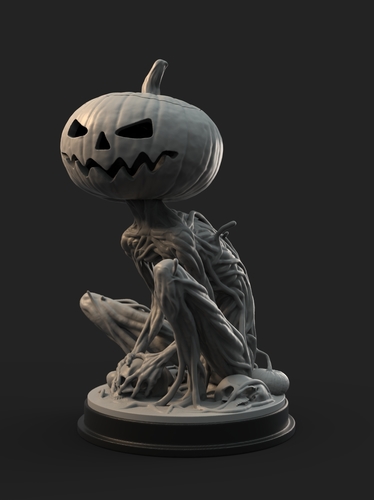

It provides up-to-date information on the size, share, and growth of the market across different geography and countries. Even if you find your passions are particularly niche, then don’t worry! There’s a cookie cutter out there for all pleasures, even guilty ones, and so we’ve selected some of the most fun 3D printed cookie cutters available for all bakers, from videogame fans to film buffs you can print at home with a 3D printer.Our Market Reports on 3D Printed Medical Prosthetics offers a comprehensive overview of the market, including its key players, trends, growth drivers, and competitive landscape. Even if there are no sales to be made from your homemade file, it’s still really fun to have cookie shapes you’ve made yourself that you know your friends and family won’t see anywhere else! Why 3D Print Your Own Cookie Cutter?ģD printed cookie cutters are easy to print, fun to use, and produce some excellent results. So while we will be looking at some of our favorite custom cookie cutters from all over the net, don’t be afraid to use these as mere examples to create your own cookie cutters that are uniquely yours. Creating cookie cutters, especially if you’re doing so to sell and make money, means putting something out there that others won’t find anywhere else. Get CreativeĪs I’ve said, baking may be more of a science than an art, but that doesn’t mean there’s no room for thinking outside of the box. It’s important to make yourself familiar with which filaments are suitable for active kitchen use if you plan on 3D printing any cooking or eating utensils.

While PETG is generally considered to be an ideal filament for use with food, PLA is fine for one-time or short-term utensils that won’t be harmful if used in short bursts.įor more information on food-safe filament types, you can check out our detailed guide here. Use Food Safe Filamentsīecause cookie cutters are designed to be used with food, it’s important to make sure you’re making them with a filament that’s safe to use around edible substances. Using a smaller or different nozzle size than your usual could help, as will making sure the settings suit your filament, overall reducing the risk of wayward material from dripping and accidentally thickening the wall of your project.

Making sure your cookie cutter is thin enough comes down to both the design as well as printer settings. Because of this, if your cookie cutter is too thick or flat, then these details will be difficult to both implement and recognize. Thinner is BetterĬustom cookie cutters often have intricate detail, image, and shape designs normally made to look like characters from our favorite shows, movies, and the like. But here are a few general things to keep in mind. Many of them will include tutorials or videos too. You should always check the instructions with the files you’ve chosen. 3D Print Cookie Cutter Tipsĭesigning cookie cutters in your preferred CAD software, or simply downloading your favorites from the internet, is a fun and creative pursuit a lot of people are using to spice up their baking time for home or even business use.
#3D PRINTED PUMPKIN FULL#
Read our full guide to food-safe filaments to learn more. All resins are toxic when liquid and uncured, and almost all are still not food-safe when they have been 3D printed. Some other articles online have recommended resin 3D printers for 3D printing cookie cutters, but you should NOT use resin parts with food.

Important: We have only picked FDM 3D printers. Read our full recommendations for cookie cutter 3D printers here.Though if you want something more impressive, detailed depictions of these animals can also be printed to give your cookies a little more personality. There’s aa lot of animal-shaped 3D printed cookie cutters like simple outlines of dogs, cats, lions, birds, even dinosaurs and any other animal you can think of. Animals come in all shapes and sizes, and so do cookie cutters, so the two are a natural fit.


 0 kommentar(er)
0 kommentar(er)
